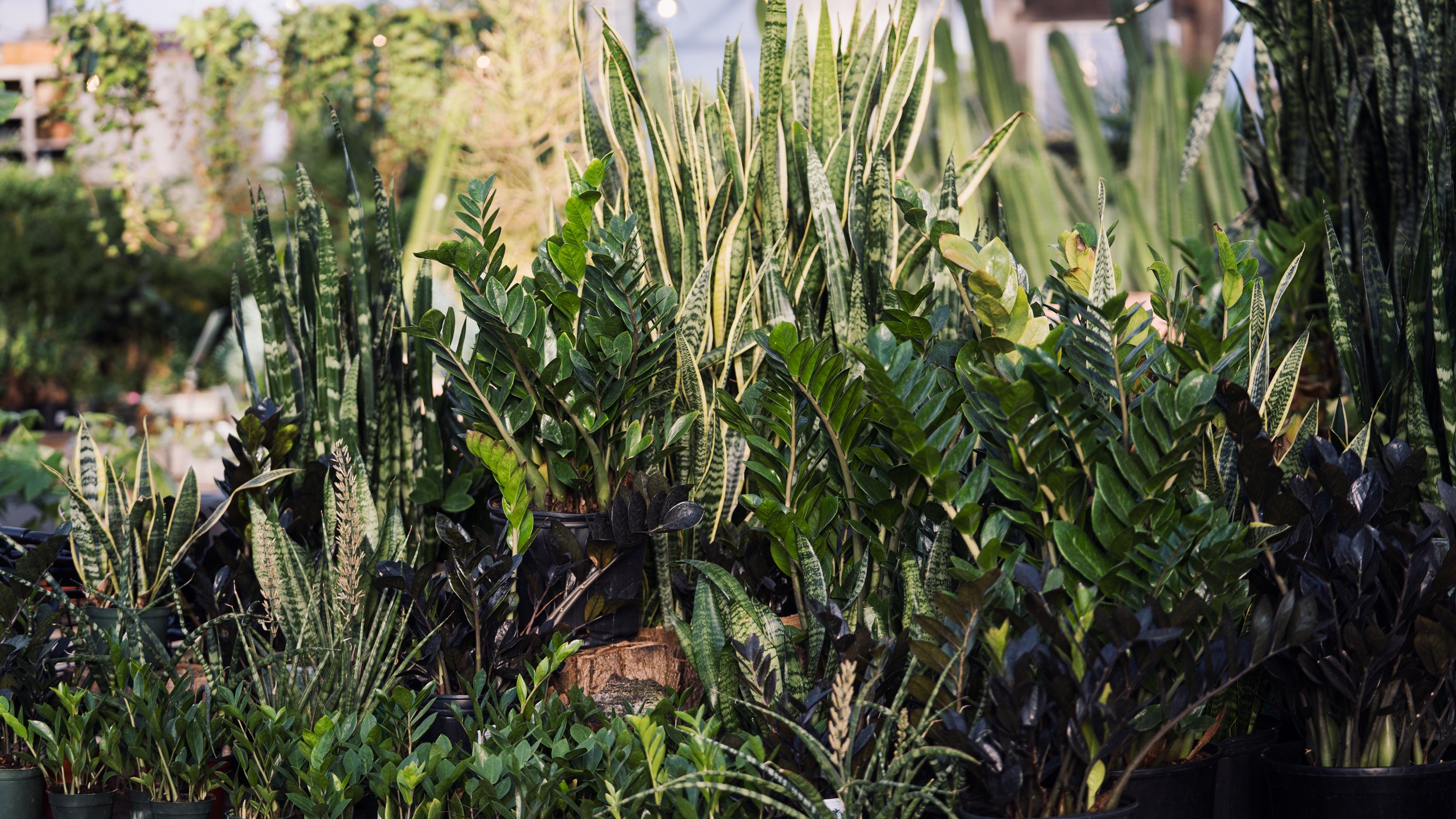
use our plant finder to help choose the perfect tree, shrub, perennial, annual, or houseplant to match your unique needs & style.
all the plants we love
Height: 60 feet
Spread: 60 feet
Sunlight:
![]()
![]()
Hardiness Zone: 4a
Other Names: Hedge Apple, Horse Apple
Description:
A spiny, decidious tree that develops a broad, rounded crown; female trees produce showy lime-green, yellow fruit in fall that may pose a considerable litter problem, so site accordingly; may be maintained as dense hedges or screening
Ornamental Features
Osage Orange has dark green deciduous foliage on a tree with a round habit of growth. The glossy pointy leaves turn an outstanding yellow in the fall. However, the fruit can be messy in the landscape and may require occasional clean-up.
Landscape Attributes
Osage Orange is a dense deciduous tree with a more or less rounded form. Its average texture blends into the landscape, but can be balanced by one or two finer or coarser trees or shrubs for an effective composition.
This is a relatively low maintenance tree, and should only be pruned in summer after the leaves have fully developed, as it may 'bleed' sap if pruned in late winter or early spring. Gardeners should be aware of the following characteristic(s) that may warrant special consideration;
- Messy
Osage Orange is recommended for the following landscape applications;
- Accent
- Shade
Planting & Growing
Osage Orange will grow to be about 60 feet tall at maturity, with a spread of 60 feet. It has a low canopy with a typical clearance of 5 feet from the ground, and should not be planted underneath power lines. It grows at a medium rate, and under ideal conditions can be expected to live for 80 years or more.
This tree does best in full sun to partial shade. It prefers to grow in average to moist conditions, and shouldn't be allowed to dry out. It is not particular as to soil type or pH. It is somewhat tolerant of urban pollution. This species is native to parts of North America.
can’t find what you’re looking for? let us know
info@wilsonnurseriesky.com
frankfort: 502.223.1488
lexington: 859.269.5795


